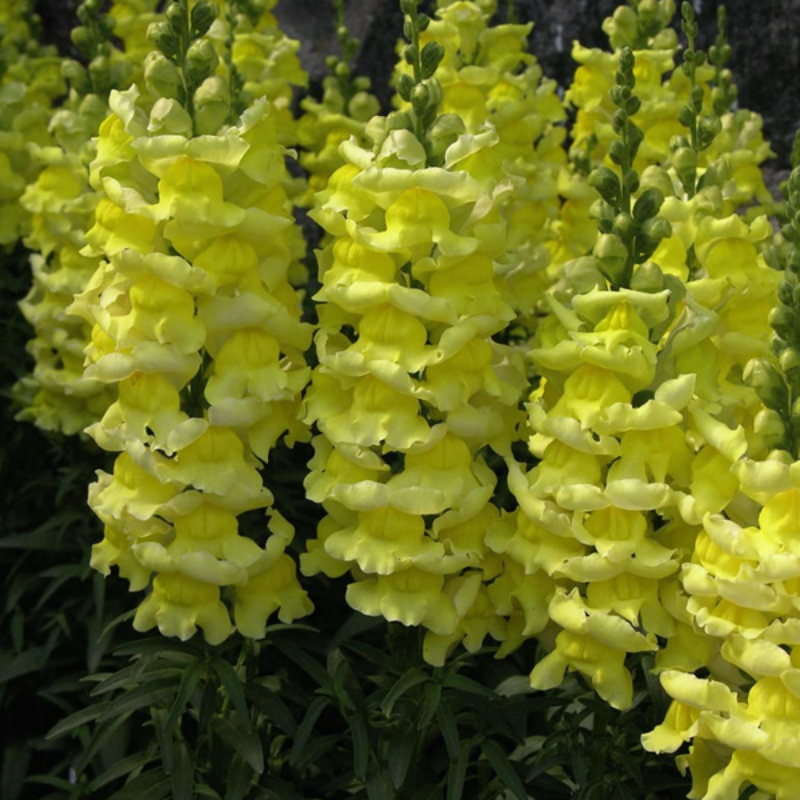- Species and varieties: Snapdragons (Antirrhinum majus) are popular garden flowers known for their vibrant colors and unique flower shapes. The yellow snapdragon is a specific variety that features bright yellow blooms. There are many varieties of snapdragons, including dwarf, intermediate, and tall types, each with its own unique characteristics.
- Hybrid or heirloom: Snapdragons can be found in both hybrid and heirloom varieties. Heirloom varieties are open-pollinated and have been passed down through generations, while hybrid varieties are bred for specific traits such as color, size, and disease resistance. Yellow snapdragons are available in both forms, allowing gardeners to choose based on their preferences.
- Pruning and training: Regular deadheading (removal of spent flowers) encourages continuous blooming and prevents the plant from setting seed too early. Pinching back the stems when the plants are young can promote bushier growth. Taller varieties may require staking to support the flower spikes.
- Fertilization needs: Snapdragons benefit from a balanced, all-purpose fertilizer applied at planting time and then every 4-6 weeks during the growing season. Avoid over-fertilizing, as this can lead to excessive foliage growth at the expense of flowers. A slow-release fertilizer or compost can also be used to provide steady nutrients.
- Hardiness zones: Snapdragons are suitable for USDA hardiness zones 7-10. They can be grown as annuals in cooler climates and as perennials in warmer regions.
- Climate requirements: Snapdragons prefer cool weather and can tolerate light frost. They thrive in temperatures between 60-75°F (15-24°C). In hotter climates, they may require some shade during the hottest part of the day to prevent wilting.




